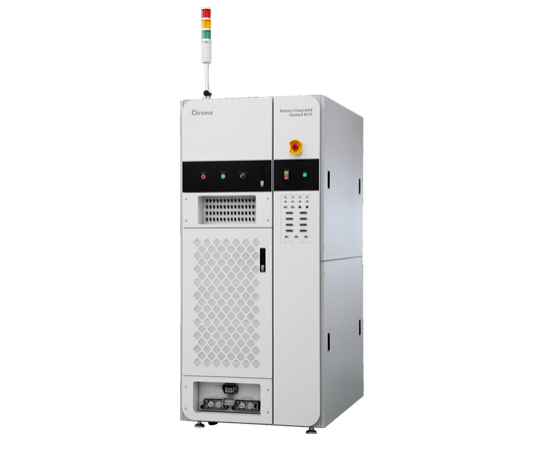Chroma ATE unveils integrated HIL test bed for battery EVs

Chroma ATE has launched the 8610 battery pack power HIL test bed for testing battery systems and components of new energy vehicles, including the battery module, BMS and cooling/heating system.
Various hardware options are available for integration, such as a DC power supply, a battery charge-discharge system, digital meter, hi-pot tester, and short-circuit and overvoltage protection devices.
The 8610’s key features include hardware to simulate fault injection and improve ISO 26262 functional safety testing, support for importing various Simulink real-time models to verify on-road battery dynamic charging and discharging through standard driving conditions, and support for CAN, CAN FD, LIN comms interfaces.
Applications include battery pack calibration and verification, reliability and durability testing, simulation of vehicle driving cycle conditions and system integration testing.
The Chroma 8610 can also integrate simulations of dynamic discharge, insulation resistance change and static charging, and other vehicle behaviours, to verify the most important compound vehicle scenarios for real-vehicle and composite operation conditions with the highest risk of failure.
Its user interface allows users to write and modify test sequences as well as edit the interface’s screens. Its main functions include a display for battery charge-discharge status, voltage, current, state of charge, protection alarm, and insulation level.
Single-test functions include vehicle driving cycle discharge, arbitrary charge-discharge pattern reproduction, measurement and difference detection of voltage and current, insulation resistance measurement and dynamic leakage current.
Compound test functions include checking insulation and withstand voltage status before and after fault injection while discharging, the impact of fault injection on calculating the state of charge, and verifying the charging energy and strategy with different states of charge.
ONLINE PARTNERS






















